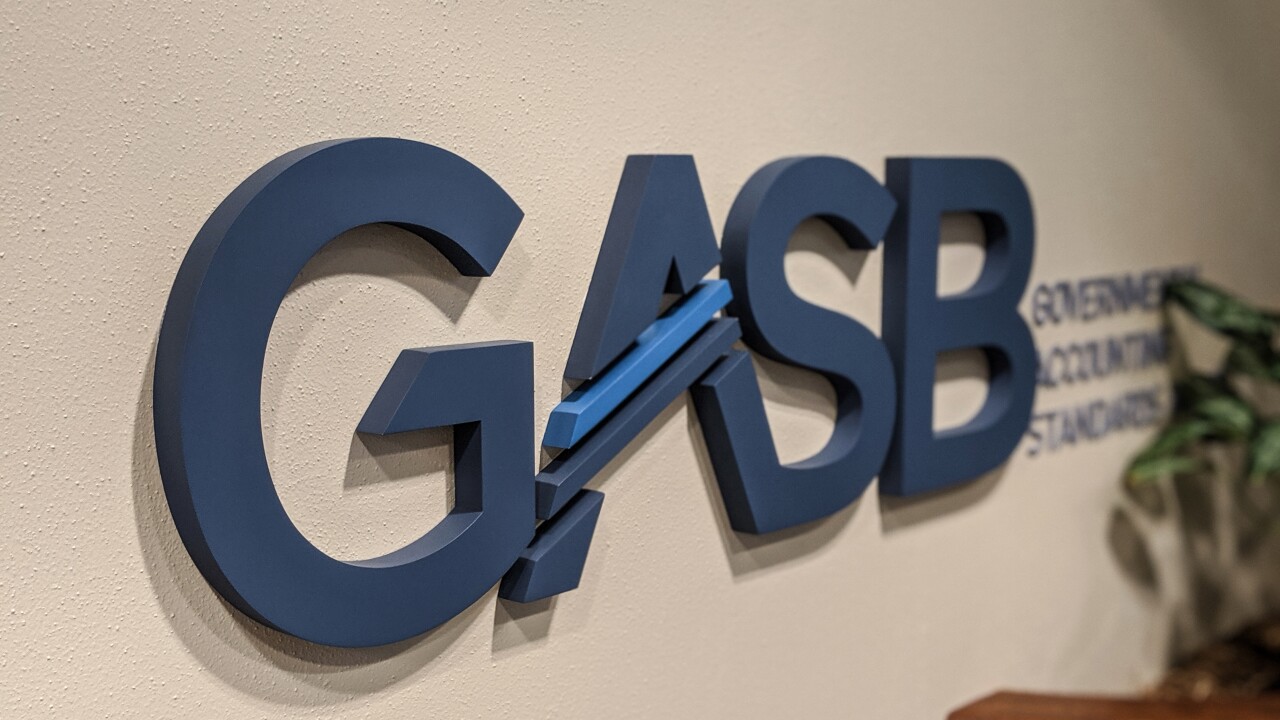DALLAS — Two Texas universities, one public and one private, are preparing $420 million of bonds for expansion projects amid signs of a steadily improving economy.
At the state-supported University of Houston System, regents will price $300 million of revenue and refunding bonds competitively on Dec. 6 with First Southwest Co. as financial advisor.
At the Southern Baptist Church-affiliated Baylor University in Waco, regents this month approved $120 million of bonds for expansion projects and are considering financing a new football stadium on the banks of the Brazos River. The bonds are expected to come by year-end, using the Waco Higher Education Corp. as the conduit.
The upcoming bond deals at both universities will include funds for new student housing. Baylor’s traditional campus will get an update with a residential complex, while UH will seek to increase the percentage of students living on its urban campus with a sophomore dorm.
The new-money components come in a lean year for such issuance.
New money for Texas higher education through Nov. 20 is $569 million, about one-fourth the $2.3 billion issued in the full year of 2010, according to Thomson Reuters. Combined new-money and refunding issues in Texas higher ed is about $1.1 billion so far this year, down from $3.5 billion in 2010.
When approving the bonds earlier this month, the Baylor regents pointed out the benefits to the central Texas economy.
“We’re talking about $120 million into the economy in 18 months,” Reagan Ramsower, vice president for finance and administration, said when the plan was approved.
In Houston, where the ongoing national jobless slump has been blunted by a strong energy sector, UH regents aim to maintain momentum after the university became the third public university in the state to attain Tier 1 status.
The threshold for being ranked as a top-tier research university is at least $150 million in research expenditures annually, according to the Carnegie Foundation for the Advancement of Teaching that conferred the status on UH in January.
In addition to the University of Texas at Austin and Texas A&M University in College Station, the private Rice University, also in Houston, is ranked as a Tier 1 university.
Texas, which is far behind California in the number of Tier 1 universities, is seeking similar recognition for state universities in the Dallas-Fort Worth area through increased research funding.
One of the rating criteria for a Tier 1 university is having at least 25% of students living on campus, according to UH officials.
With $11.5 million of the upcoming issue going toward a residence hall that will house between 800 and 1,000 sophomores, the university is moving toward a goal of 9,000 students living on campus by 2020. UH has an enrollment of 35,000 and draws more than 80% of its students from the Houston area.
For students living off campus, the UH regents are building a $20 million parking garage with bond proceeds.
In addition to its Tier 1 status, UH is on the upswing in its credit ratings. Standard & Poor’s last week raised the outlook on the system’s AA-minus to positive from stable, citing strong governance and fiscal management.
“The revised positive outlook for UHS reflects our view that the enrollment trend, financial performance, and financial resources are likely to strengthen further such that within two years, a higher rating might be attainable despite an expected continued difficult higher education funding environment locally and nationally due to lower than expected economic growth,” analyst Kenneth W. Rodgers wrote in his rating report.
Baylor, the oldest university in Texas and considered the largest Baptist-affiliated university in the world, is not a Tier 1 school, but is aiming for the distinction after being named an “advanced research university” in 2007.
Baylor is also noted for its medicine and dentistry schools in Houston and Dallas.
At the main Waco campus. about 16% of its 15,000 students are in graduate programs, including law school.
Baylor will use $23 million of proceeds from the upcoming bonds to renovate the Marrs McLean Science Building as home of the School of Education, and $12.9 million to build the Baylor Research and Innovation Collaborative, which is expected to anchor a high-tech research park.
The lion’s share of the funding will go toward the $70 million East Village Residential Community project, which will have the capacity for 700 students and a two-story dining hall.
Last spring, Baylor issued $103 million through the Waco Education Financial Corp. to refund variable-rate debt, with a rating of AA-minus from Standard & Poor’s.
At the November board meeting, the Baylor regents also discussed a first draft of university president Ken Starr’s strategic plan, which will be released in December and could include an arts district and a football stadium.
The plan builds on the Baylor 2012 initiative approved during the presidency of Robert Sloan, who preceded Starr.
Sloan’s plan proposed making Baylor a more residential campus, attracting a world-class, research-oriented faculty, and achieving a $2 billion endowment. Baylor’s endowment was slightly more than $1 billion in May, according to a financial statement.
An on-campus stadium was one of the most-mentioned items when Baylor sought public ideas for its new strategic plan. The 61-year-old Floyd Casey stadium is off campus.
A new stadium is expected to cost $250 million and would require a major fundraising effort in addition to bonds, officials indicated.
The university is working with the architectural firm Populous, which designed several major stadiums, including Yankee Stadium in New York.
Architects’ preliminary renderings depict a 45,000-to-50,000-seat stadium, open on one end to look out across the Brazos at the campus, with a red-brick exterior to match Baylor’s architecture. A foot bridge would span the river. Last month, the university purchased the Waco Hotel, which currently sits on the northern end of the site.
“This location will maximize the stadium’s exposure,” said Ian McCaw, Baylor’s director of athletics, “given the more than 100,000 vehicles that travel the highway each day, while providing Baylor with an extraordinary branding opportunity.”





